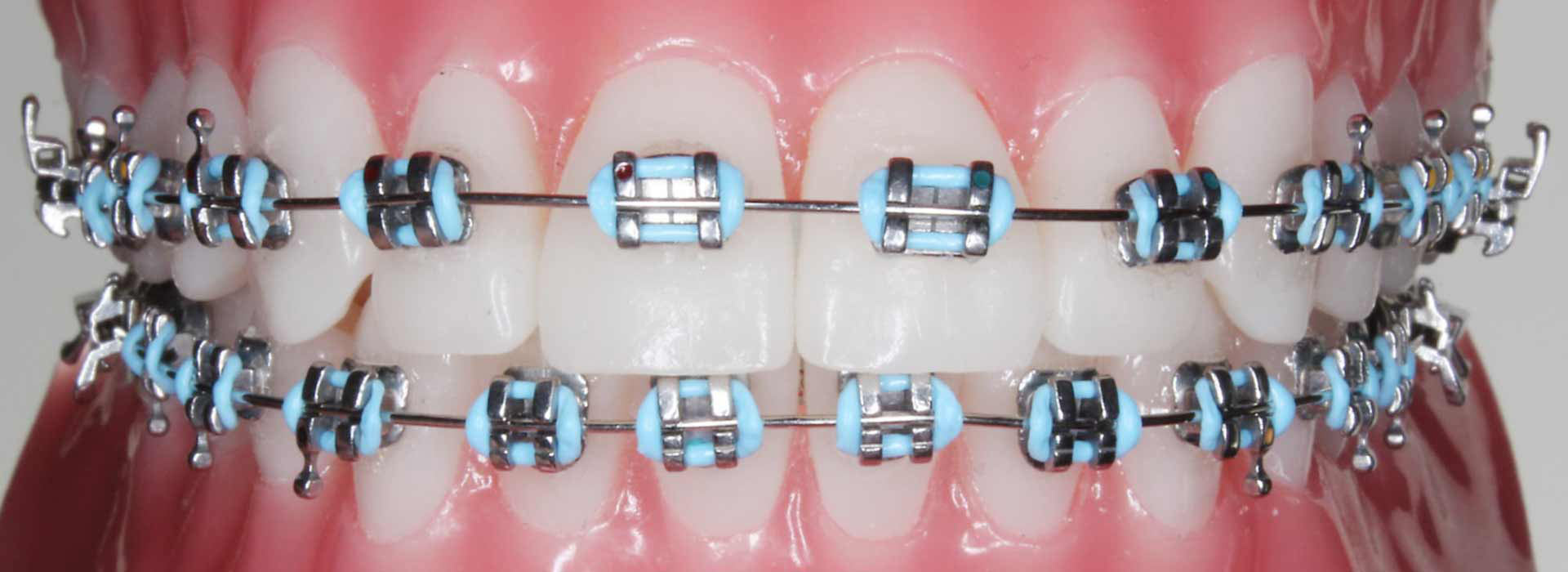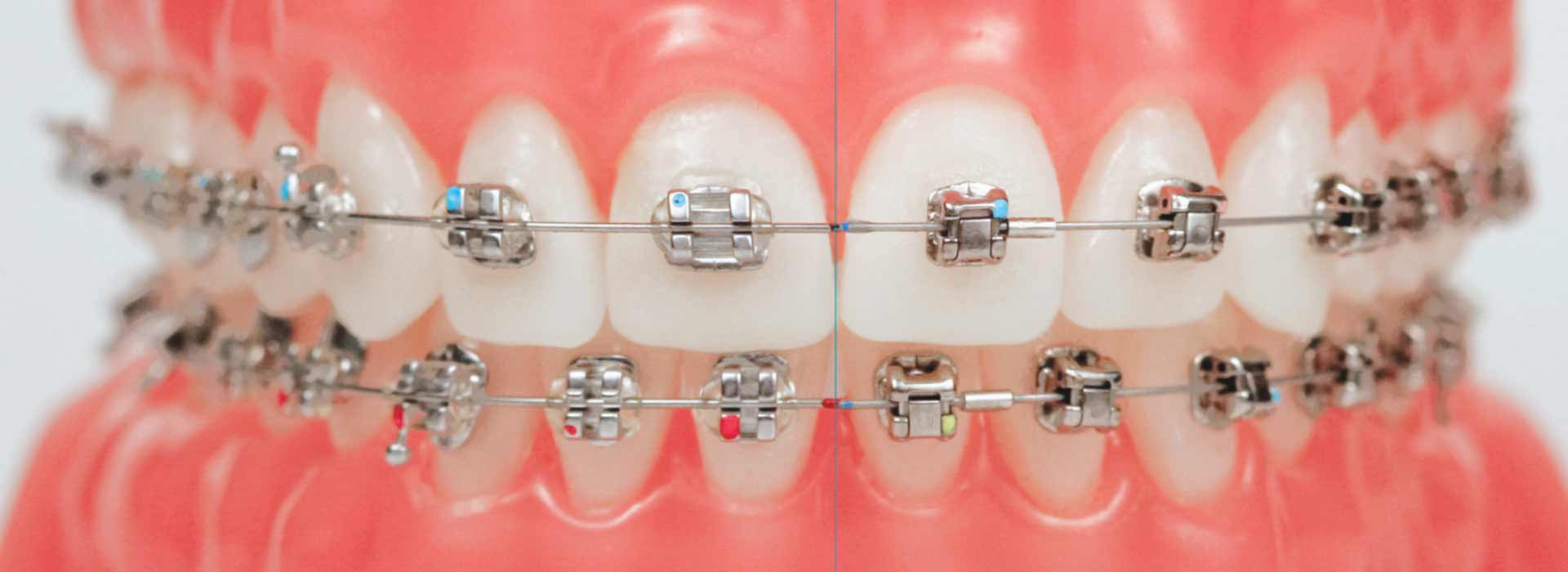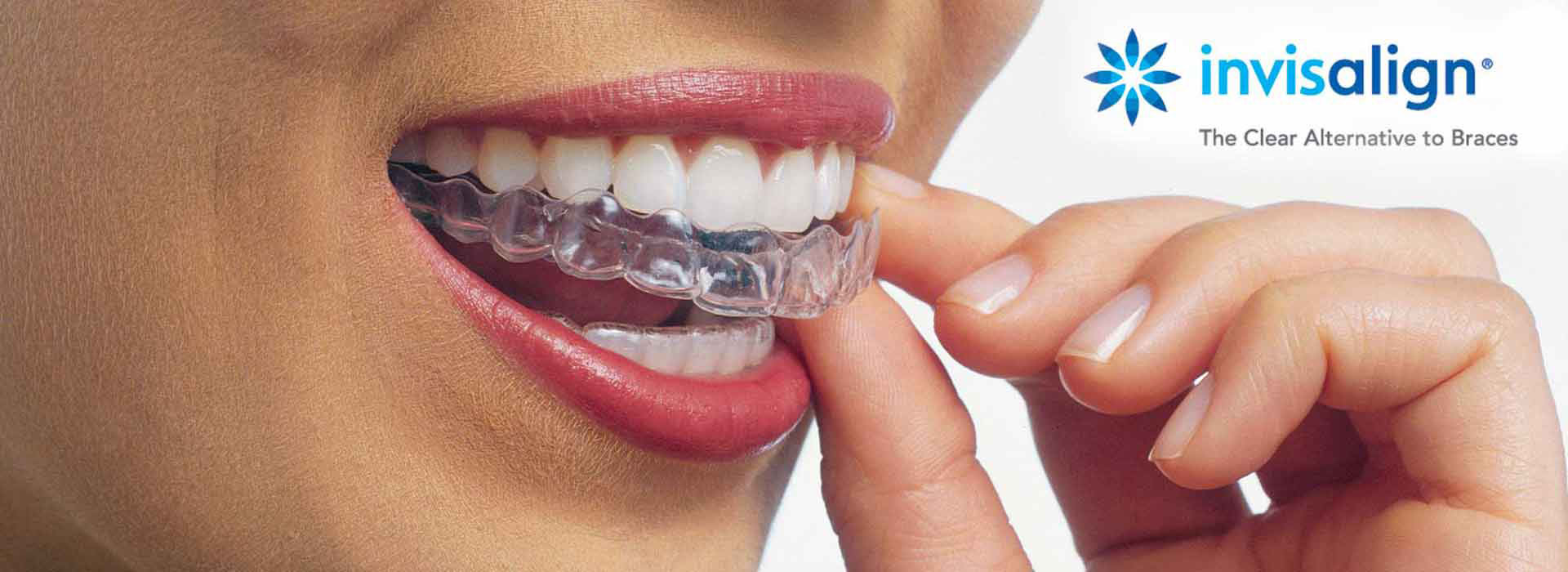
Types of Braces
Metal
The best way to ensure a clean and healthy smile is brushing and flossing. Food particles can accumulate on teeth and in braces, and o@

Ceramic Braces
Ceramic clear braces provide the control of traditional brackets but are barely noticable and therefore are an option often chosen by adults. Tooth colored wires are used in our clinic, @

Damon Braces
Damon braces are passive and self-ligating and therefore do not require elastic o-rings, which shortens the time required to change the archwire. Some patients prefer the appearance of these braces as no elastic ties are used.

Invisalign
Invisalign uses a series of clear aligners to successively adjusts teeth. These aligners are barely visible and offer a great alternative to traditional braces.

Metal Braces
Metal braces are the most common type. They are made of high-grade stainless steel. Today's metal braces are smaller, more comfortable and more attractive.
Ceramic Braces
Ceramic braces are made of translucent (clear) material. They are most popular with adult patients, due to their cosmetic appeal. The only drawbacks to ceramic brackets are that they are more fragile, and the elastic ties can discolor between orthodontic visits.
Invisalign®
The Invisalign System is a series of clear overlay templates—called aligners—that have been generated by computer simulation to gradually move the teeth. This system is available to adult patients with certain orthodontic bite problems. Ask us if you are a candidate for the Invisalign system.
Damon® Brackets
No elastic or steel ties are used with Damon® brackets. This technology creates less friction and results in greater comfort for the patient. In addition, Damon® braces often reduce both treatment time and the number of adjustments that are usually performed.
